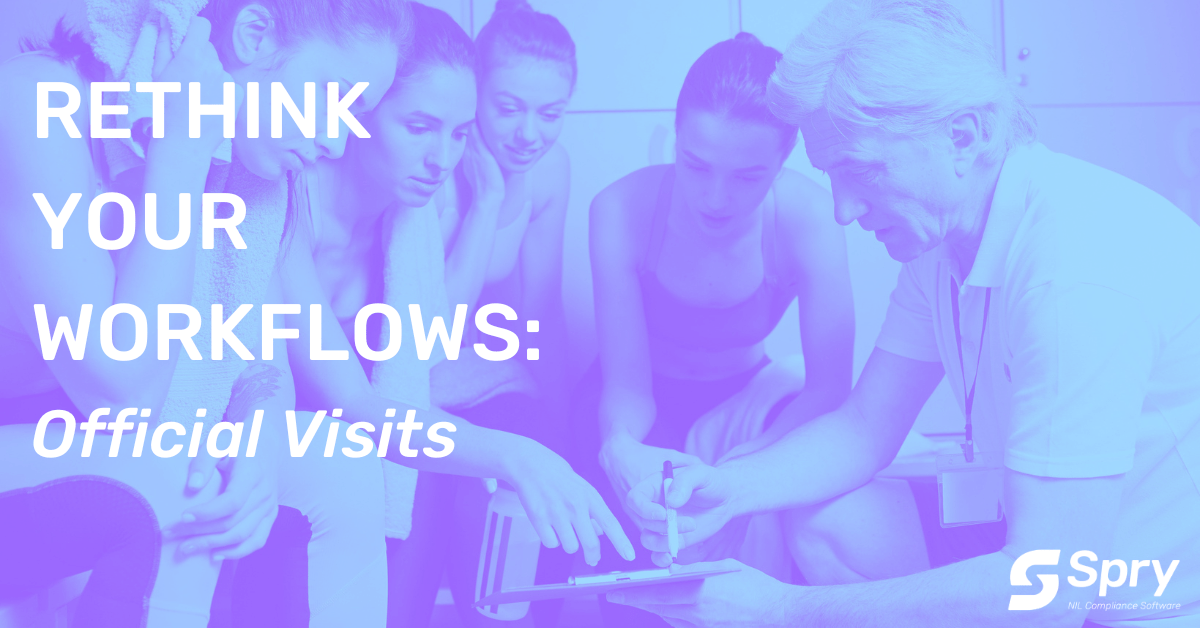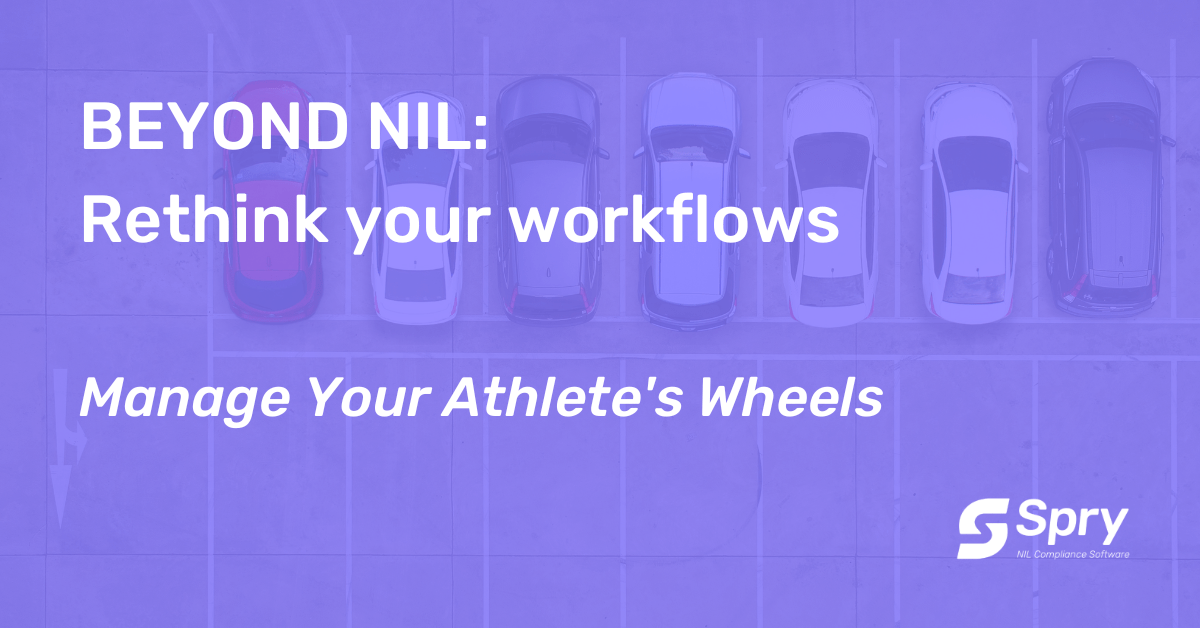Insights
Keys To Managing Boosters In An NIL Environment (Part I)

The Concern
When the concept of Name, Image and Likeness began to gain traction nationally, the reaction within the collegiate athletics community was mixed. While on one hand there was excitement about the new opportunities that would exist for student-athletes, coaches and administrators immediately grew concerned about how this new order would impact competitive balance. Specifically, would NIL provide pathways for outside parties (e.g. boosters) to influence the recruiting process by enticing recruits to attend certain institutions via illegitimate NIL transactions?
This issue of managing booster involvement continues to be of great concern within the membership. However, given the apparent inevitability of reform legislation around NIL, schools must now shift their focus to identifying ways they can protect against impermissible booster influences in the recruiting process.
The Dilemma
The lead up to NIL has been challenging in many respects. At present, it remains uncertain what the exact parameters of the legislation will look like or when it will be implemented. Further complicating matters, the NCAA’s normal legislative process has been impacted by various state laws and the possibility of additional involvement from the Supreme Court and Congress. Indecision at the national level has created a sense of paralysis for many institutions in terms of what they should be doing to plan for an uncertain future. While we are all eager to learn the details that will emerge once all of the legislative dust settles, institutions and athletic departments simply cannot afford to take a ‘wait and see’ approach. Institutions must be proactive. To that end, I’ve identified a few steps schools may want to consider in their preparation as we ramp up to NIL implementation.
Internal Communication
Most athletic departments already have efficient systems in place to communicate with, track, and segment their donor population. Oftentimes, however, these efforts are siloed within the Fundraising/Development arm of the department. With athletics compliance offices likely assuming the lion’s share of the monitoring responsibilities around NIL, it will be important for athletic departments to create systems and workflows that will allow for better sharing of information internally. This will be a critical step to ensure that boosters, particularly those who own businesses within the locale of the institution, are easily identifiable to compliance and that any booster related NIL transactions are properly disclosed and monitored.
Education
Education of boosters will be vital to a school’s ability to mitigate institutional risk. Since boosters function as representatives of an institution’s athletics interest, schools will have increased culpability for any violations involving boosters. Therefore, making sure these individuals are well educated on the boundaries that will exist within the NIL framework will be extremely important. While we don’t yet have the final draft of the legislation, we know that any financial transactions between boosters and student-athletes will need to result from legitimate business arrangements. Beginning the educational process with booster groups now will allow schools to be a step ahead once final legislation is implemented.
About the Author
Todd Hairston
NCAA COMPLIANCE PROFESSIONAL WITH 20 YEARS OF CAMPUS EXPERIENCE




